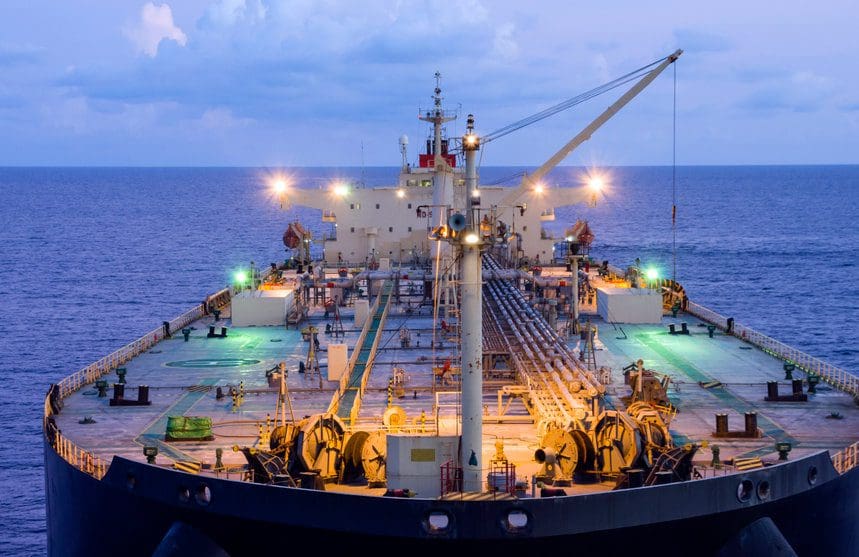Crude oil prices define the future of a country, its political alliances, and the overall economic growth. Crude oil is the most important commodity in international trade and it often needs to be transported through pipelines. However, for long-distance transport, the control over its viscosity during its transportation via pipeline without compromising its quality or state is vital. That’s where flow improvers, a.k.a. drag-reducing agents come into the picture. They maintain the viscosity of the crude oil and act as additives that offer the solution in all states of crude oil extraction. From extraction from reservoirs to the refinery, flow improvers are used to maintain the viscosity of crude oil.
According to Allied Market Research, the global crude oil flow improvers market is expected to reach $1.92 billion, registering a CAGR of 5.7 percent from 2017 to 2023. The surge in crude oil production, increase in hydraulic fracturing activities, and rise in demand for crude oil flow improvers in the Middle East and Africa drive the market growth.
The ability to transfer crude oil through pipelines without losses from wells to refineries is a complex job. Crude oil deposits are found under high temperature and pressure, which needs special care during transportation through pipelines as it goes through drastic changes in the process condition and could lead to several complications. Thus, the use of flow improvers has increased across the globe. These additives help reduce turbulence in pipelines and increase capacity while minimizing the overall transportation losses.
By adding flow improvers allow companies to pump oil at lower pressure, which saves them a huge amount of money and energy. Generally, flow improvers are added in the pipeline at the place of pumps and turn where pressure and temperature can increase. Since flow improvers have high molecular weights and shear degradation resistance, they are quick to dissolve in the crude oil and help in transportation.
Scientists at the Southwest Research Institute (SwRI) recently developed EZ Flow, a novel process for treating heavy crude oil during transportation. The process is said to be cost-effective and demands less energy than existing alternatives.
EZ Flow uses proprietary chemical treatment and mechanical techniques for treating heavy crude oil. Moreover, it reduces the viscosity of crude oil by more than 60 percent, which allows the company to easily transport crude oil over a great distance without the addition of diluent and other chemicals and it solves challenges created by overheating. The use of EZ Flow could offer an eco-friendlier and affordable way to treat crude oil. Moreover, SwRI aims to invest more in R&D to optimization of EZ Flow and where it could be used to treat heavy crude oil. In the future, SwRI would focus on the commercialization of EZ Flow.
Transportation of crude oil through the pipeline is the most eco-friendly and economic way to move crude oil. In the future, heavy crude oil production would surge as lighter crude oil reserves decrease and would become expensive and hard to recover.
The use of nanofluids has open new doors of opportunities in the crude oil flow improvers market. Some studies observed the effects of the use of nanofluids as flow improvers into horizontal pipes. The results were promising as drag reduction in rough pipes was observed more than that of smooth pipes. Thus, more and more companies have invested in R&D to explore nanofluids as flow improves and ways to cut down the cost of crude oil transportation.
Apart from this, the leading market players in the crude oil flow improvers market have adopted several strategies such as collaborations, new product launches, and mergers & acquisitions to maintain their foothold in the market. Moreover, companies have focused on product innovations using better techniques that offer cost-efficiency and are affordable. The investment in research of nanofluids is expected to offer alternatives to existing flow improvers. The rise in crude oil exploration would surely boost the R&D activities and a rise in investments and funding would help researchers come up with improved flow improvers in the future.





